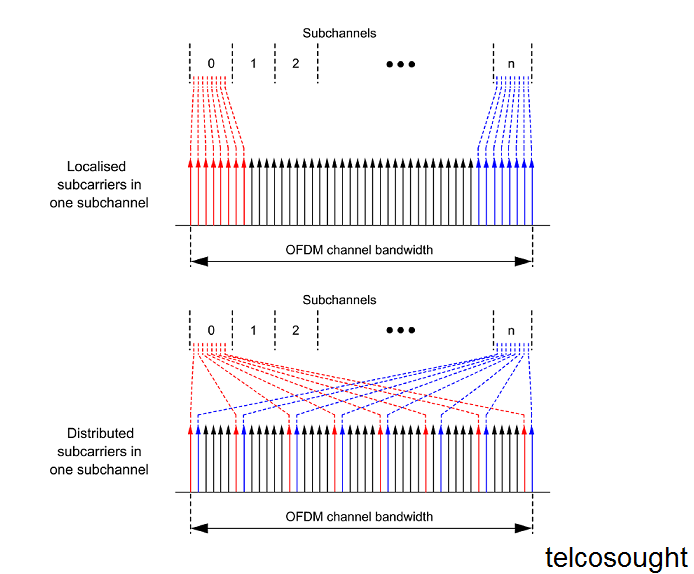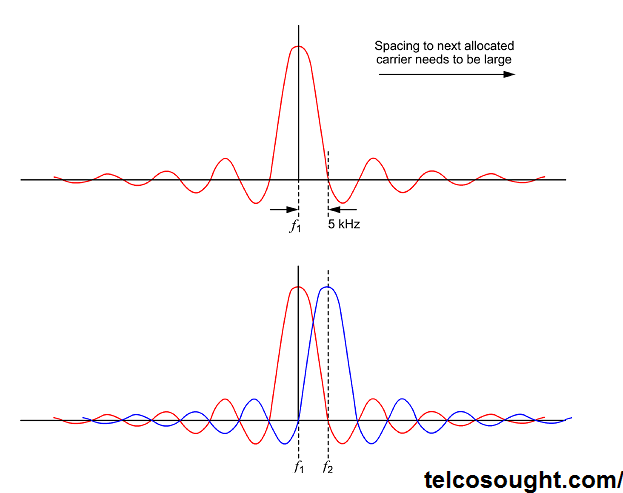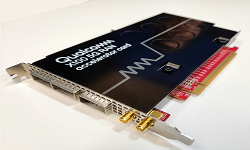EPS Bearer Establishment And Its Area Identities
In this Lte 4g article we learn about the eps. Eps like eps bearear establishment occurs through the PCRF. Also we learn its area of identities and subscribers. For detials Discusiion read bewlo table of topic.
- EPS Bearer.
- EPS Bearer establishment.
- EPS Area Identities.
- And Is subscribers Identifying.
- EPS bearer and qos meaning in lte
- EPC Interfaces and E-UTRA Protocols
EPS Bearer Establishment
The creation of a new EPS bearer establishment occurs through the PCRF. This could be as a result of a request from a service’s called AF (Application Function) within an external PDN to establish the UE initiated or terminated service or the setting up of the default EPS bearer once the UE is registered with the system.
The PCRF is the one responsible to manage PCC (Policy Control and Charging) and as such is in charge of deciding the time when an EPS bearer needed and what QCI amount should be to determine the value of the bearer. This information is communicated to the PDN-GW by using the PCC decision Provision message.
The PDN-GW utilizes the QoS information to determine the appropriate QoS parameters at the bearer level and forwards them together with the UL TFT to be utilized in the UE in the S-GW via a Create Dedicated Bearer request message. The message is later forwarded to the MME together with the bearer ID of S1.
The MME compiles the data in this message, along and the EPS bearer ID and then sends it to the eNB via the form of a request for Bearer Setup. The eNB utilizes its QCI data to identify the right rules and configurations to use to handle data that pertains to EPS bearer as well as the making for the radio bearer. It is then instructing the UE to create the radio bearer with an RRC Connection Reconfiguration (CRC) message. The message provides all the details that the UE must configure to set up the EPS bearer on all levels of the protocol stack.
EPS Area Identities.
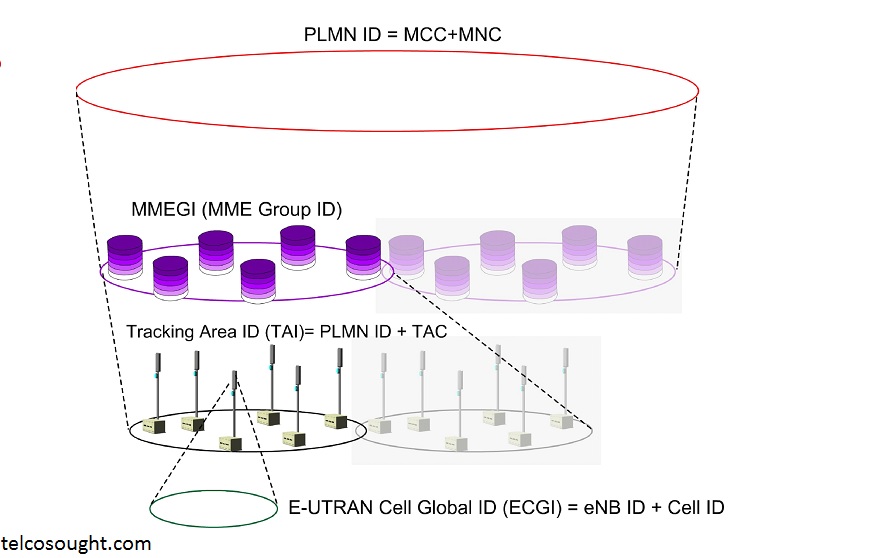
The EPS still uses the PLMN identifier used by the older 3GPP systems. It is comprised in two codes: the MCC (Mobile Country Code) as well as MNC (Mobile Network Code). MNC (Mobile Network Code).
It is the MMEGI (MME Group Identifier) is 16-bit identifier given for an specific MME Pool. The MMEGI does not have to be unique within the PLMN.
The acronym TAI (Tracking Area Identifier) is identical with the LA (Location Area) or RA (Routing Area) identifiers employed by the GERAN/UTRAN as it can be used to identify groups of cells that are part of an access network. For E-UTRAN the TAI (Tracking Area) is the degree to the UE’s location monitored. It also is the area in which the UE is called upon to be paged. The TAI comprises networks’ MCC and MNC which is then followed by an TAC (Tracking Area Code).
Like in older systems, it is essential to to uniquely identify every cell in the network to allow calling establishment as well as handover, paging and billing reasons. 3GPP has created a new Cell ID that is known by the name of an ECGI (E-UTRAN Cell Global Identifier). The ECGI has an unique eNB Identifier which permits to use the S1 as well as X2 protocols to identify and recognize the nodes that are targeted to perform functions like EPS Bearer transfer.
EPS subscribers Identifying.
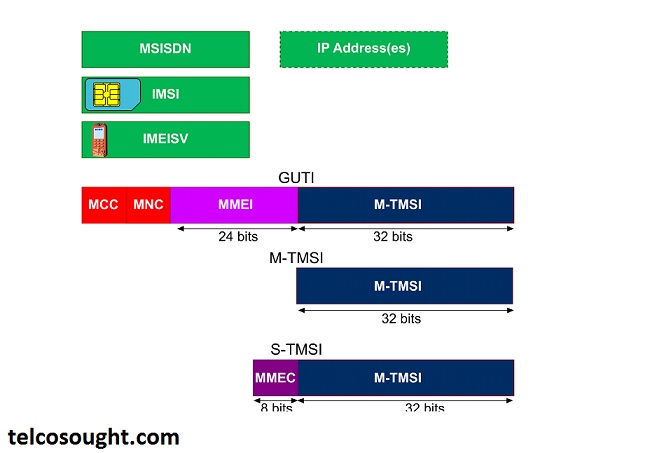
The primary method of identifying EPS subscribers is IMSI (International Mobile Subscriber Identity) which is permanently assigned to a subscriber account. In addition, the IMEISV (International Mobile Equipment Identity and Software Version) and MSISDN (Mobile Station ISDN Number) are also used as LTE identifiers.
An anonymous and temporary identification of subscribers is made through an identification system called GUTI (Globally Unique Temporary Identity) It can be assigned by the service MME after the UE has successfully joined and is assigned when the UE is transferred under the supervision of a different MME. The GUTI is similar to the older TMSI (Temporary Mobile Subscriber Identification) however, it comes with an additional benefit that its structure is able to identify not just the subscriber inside the MME but as well the MME who assigned it.
The GUTI is built from the GUMMEI comprised in the MME’s MCC and MNC, followed by an MMEI (MME ID) and M-TMSI (MME Temporary Mobile Subscriber ID). The M-TMSI serves to identify anonymously the subscriber in an MME after the subscriber has been authenticated and tagged. Like the old TMSI system in the past, the MME can decide to issue the M-TMSI on a regular basis and will issue it regardless of when the UE is transferred to the control of an alternative MME.
The M-TMSI allows subscribers to be identified as a unique members of an individual MME and the S-TMSI (SAE TMSI) permits subscribers to identify themselves within the MME collection or pool. In order to achieve this, the STMSI contains the one-octet MMEC (MME code). This MMEC serves as the index for the MME in its pool.

